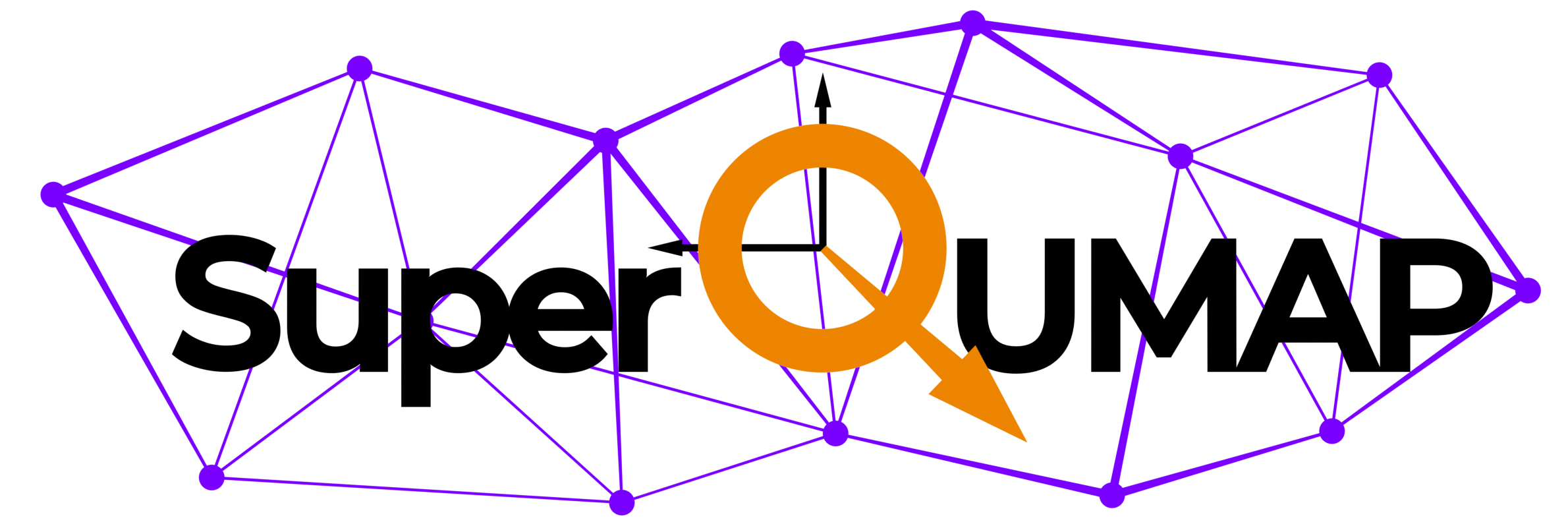Authors: Alex Khanukov, Itay Mangel, Shai Wissberg, Amit Keren, and Beena Kalisky
Phys. Rev. B 106, 144510 – Published 24 October 2022
Abstract: A superconducting (SC) mixed state occurs in type-II superconductors where the upper critical field Hc2 is higher than the thermodynamic critical field Hc. When an applied field is in between these fields, the free energy depends weakly on the order parameter which therefore can be small (SC state) or zero (normal state) at different parts of the sample. In this paper we demonstrate how a normal state along a line traversing a superconductor can be turned on and off externally in zero field. The concept is based on a long, current-carrying excitation coil, piercing a ring-shaped superconductor. The ring experiences zero field, but the vector potential produced by the coil generates a circular current that destroys superconductivity along a radial line starting at preexisting nucleation points in the sample. Unlike the destruction of superconductivity with magnetic field, the vector potential method is reversible and reproducible; full superconductivity is recovered upon removing the current from the coil, and different cooldowns yield the same normal lines. We suggest potential applications of this magnetic-field-free mixed state.




